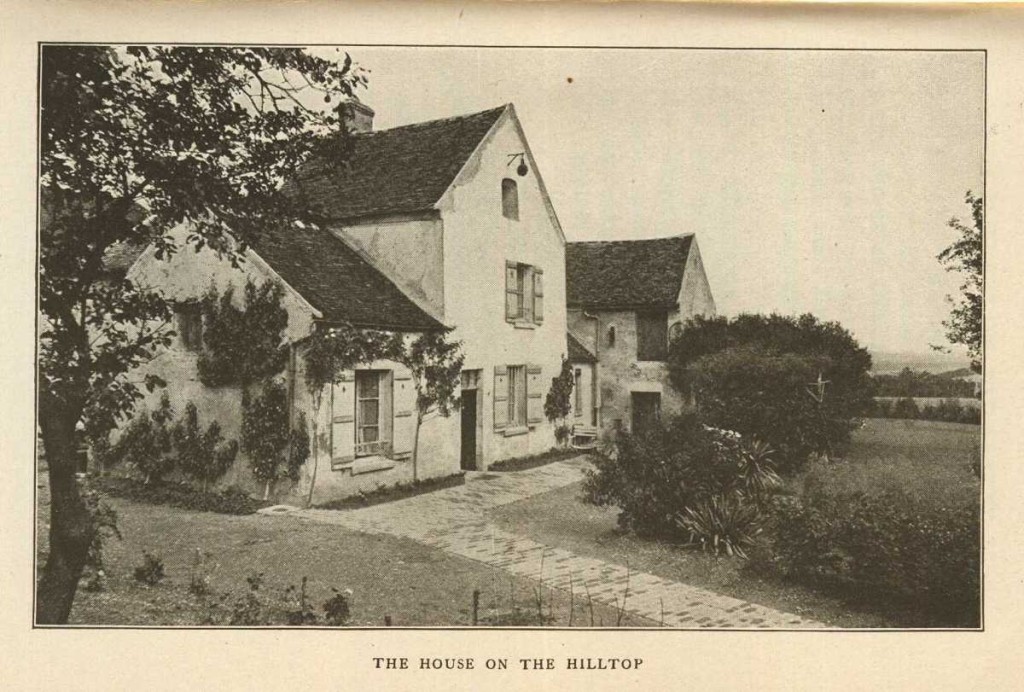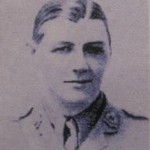21st October 1914
At 5:30am the Dorsets became aware of heavy firing from the vicinity of Violaines. A Company moved forward to the rear of the Bedfords in fields to the east of the Rue D’Ouvert and prepared more trenches.
The attack went on all day and at 4:30pm the news came through that the Cheshires were retiring from Violaines. Half an hour later, this proved to be false; only one trench had capitulated. At 6:45pm A Company was ordered to dig more trenches in an area directed by officers of the Royal Engineers, although it’s not clear exactly where this is.
The Cheshires were under tremendous pressure as they jutted out into the front line, but Gleichen was keen that they held onto Violaines and he claims he managed to change the mind of General Morland, his CO, who wanted Violaines given up to straighten the front line. However, communications between the 15th Brigade and 5th Division HQs show that Morland was keen to hold onto Violaines. Morland was only concerned that the 14th Brigade, who held the area to the north of the Cheshires, had withdrawn slightly to straighten their line with the 7th Brigade to its left. The Cheshires were facing towards the south east and threw out their left flank to stay in line with the 14th Brigade, meaning that they ran a defensive trench facing eastwards to prevent any flanking manoeuvres by the enemy. Any further withdrawal by the line to their left would have left them totally isolated.

